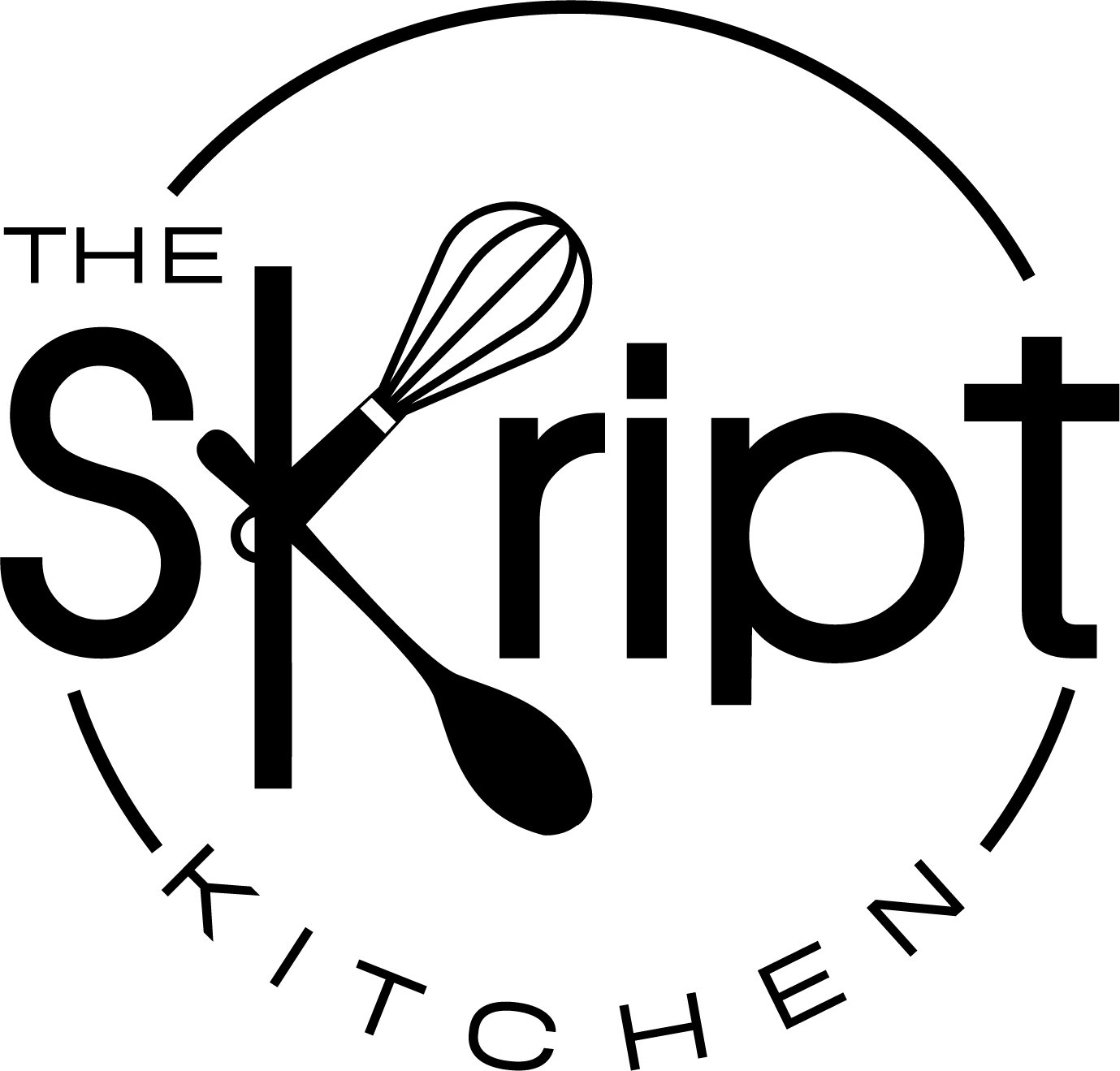Foods appear in all sorts of famous novels, but just how many are actually healthy all around?
The fact is, quite a lot aren’t.
Some put you at higher risk of diabetes—and others prevent certain nutrients from getting absorbed well. And, unknowingly, many of us still eat them in real life...and with great zest.
But we’re here to help! Read on for 3 foods identified in French lit—and specific things to consider when making them yourself:
1. Madeleines
Rekindling memories in Proust’s Swann’s Way, these culinary delights are considerably—and unfortunately—high in sugar (1).
Try alternative sweeteners instead. We suggest erythritol, a diabetes-friendly option with no effect on glucose or insulin levels in serum—get this in our store (2)! Or, maybe you'll like pomace (fruit pulp), which provides a harder structure and diverse nutrients, like vitamin C, carotenoids, and even proteins (3,4)
If you’re vegan or vegan-curious, mix chia seeds and water to form a great egg replacement (5). Chia seeds contain lots of nutrients, such as protein, fibre, vitamins, and minerals (6). They contain more calcium than many other grains do, even oats and barley (7).
2. Spinach
In The Three Musketeers by Dumas, this lovely plant cascaded into an omelet before tumbling to the floor (8).
What a waste!
As a very healthy anticancer and filling, it, like kale, contains high levels of lutein, which can protect our eyes (e.g. from age-related macular degeneration) (9,10,11).
At the same time, spinach is a major source of oxalate, a chemical known to bind to specific minerals, which leads to lower mineral availability (12,13).
For instance, when bound by soluble oxalate (reported as the more easily absorbed kind of oxalate), the calcium we get in our diet cannot be absorbed properly so we need to get additional calcium to compensate (14,15,16). The National Kidney Foundation also warns that kidney stones can develop if the oxalate reaches the kidneys and binds the calcium there (17).
So, here's how to enjoy spinach while avoiding kidney stones:
a) Pair with foods high in calcium
Scientists suggest consuming spinach alongside foods with lots of calcium, like cheese—try mixing spinach and cheese, e.g. in lasagna (18,19). That sounds counter-intuitive, but this way, calcium oxalates can instead form while still in the gut rather than in the kidneys such that the oxalates themselves won't stick around and absorbed (17)(18)(20).
b) Avoid pairing with other foods high in oxalate
Oxalate is the problem, so make sure spinach is not paired with other foods recognized for their oxalate content, e.g. asparagus, celery, and parsley (21).
c) Boil it
A study showed that just 12-15 minutes of boiling removed >65% of the soluble oxalate content from spinach (22). However, nutrients do get lost. One study showed that the longer the boiling time (e.g. all the way to 90 minutes), the more lutein is lost, so be sure to keep an eye on the clock (23).
d) Soak it
The soluble oxalates can leach into the water—and not end up in your system (14). But so can other water-soluble nutrients like folate and vitamin C (24).
As a heads-up as well: Calcium oxalates are reported to decrease iron absorption as well (25). Thankfully, eating foods high in vitamin C can improve iron absorption (26). So, mix your spinach with foods like red pepper or broccoli to ensure you still get lots of iron (27)!
Whichever you choose though, eat these vitamin C-containing foods raw or after microwaving, as cooking methods like steaming or boiling greatly reduce their vitamin C levels (28).
3. Bread
Bread has been stolen in multiple stories, from Hugo’s Les Misérables to Émile Zola’s Labour (29,30).
When making your own bread, consider adding nutritious ingredients like walnuts. Science reports that walnuts have the most nutrients (alongside hazelnuts) among all edible nuts, and are rich in polyunsaturated fatty acids (31). In a study, when ground walnuts replaced 9% of the flour by weight, the bread had much more antioxidant content: ~7 times the amount of flavonoids and ~5 times the amount of polyphenols than bread without walnuts (31). Waln(uts)derful!
Other ingredients to add include dark chocolate, which contains flavonoids as well and is great for brain health, benefitting mood and memory (32,33). That said, explore selections with no sugar, of course!
Psyllium husk can be added, too! According to research, it helps improve how workable the dough is and prevent the bread from going stale (34). Just make sure to drink lots of water if you do decide on adding this ingredient (35). Helpful note: Psyllium husk can be helpful for treating constipation (if you were looking for options) (36).
Have a great time recreating these foods—and maybe even revisiting these classics!
References:
1. https://link.springer.com/chapter/10.1057/9781137520586_3
2. https://pubmed.ncbi.nlm.nih.gov/8039489/
3. https://ifst.onlinelibrary.wiley.com/doi/abs/10.1111/ijfs.13765
4. https://www.tandfonline.com/doi/pdf/10.1080/15538362.2016.1143433
5. https://www.bobsredmill.com/recipes/how-to-make/chia-seed-egg-replacer/
6. https://pubmed.ncbi.nlm.nih.gov/31086922/
7. https://www.ncbi.nlm.nih.gov/pmc/articles/PMC6994964/
9. https://pubmed.ncbi.nlm.nih.gov/27353735/
10. https://www.ncbi.nlm.nih.gov/pmc/articles/PMC3705341/
11. https://pubmed.ncbi.nlm.nih.gov/26447482/
12. https://www.ncbi.nlm.nih.gov/pmc/articles/PMC6459305/
13. https://pubmed.ncbi.nlm.nih.gov/24393738/
14. https://pubmed.ncbi.nlm.nih.gov/12810415/
15. https://pubmed.ncbi.nlm.nih.gov/15826055/
16. https://www.ncbi.nlm.nih.gov/pmc/articles/PMC4549924/
17. https://www.kidney.org/atoz/content/calcium-oxalate-stone
18. https://pubmed.ncbi.nlm.nih.gov/8335871/
19. https://www.hsph.harvard.edu/nutritionsource/calcium/
20. https://pubmed.ncbi.nlm.nih.gov/17604750/
21. https://www.ncbi.nlm.nih.gov/pmc/articles/PMC3034061/
22. https://www.tandfonline.com/doi/full/10.1080/10942910903326056
23. https://www.sciencedaily.com/releases/2018/12/181221123810.htm
24. https://www.sciencedirect.com/science/article/pii/S0023643812002745?via%3Dihub
25. British Journal of Nutrition article
26. https://www.ncbi.nlm.nih.gov/books/NBK279618/
27. https://ods.od.nih.gov/factsheets/VitaminC-HealthProfessional/
28. https://www.ncbi.nlm.nih.gov/pmc/articles/PMC6049644/
29. https://books.google.ca/books/about/Les_Miserables.html?id=VgebQQAACAAJ
31. https://www.ncbi.nlm.nih.gov/pmc/articles/PMC7466170/
32. https://pubmed.ncbi.nlm.nih.gov/15190043/
33. https://www.sciencedaily.com/releases/2018/04/180424133628.htm
34. https://pubmed.ncbi.nlm.nih.gov/24053854/

